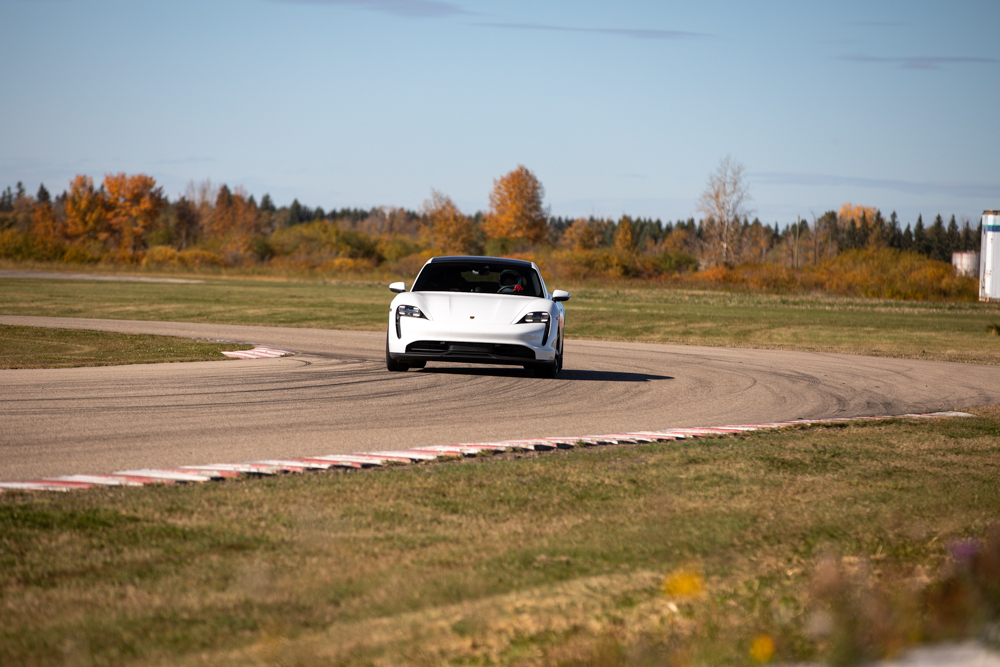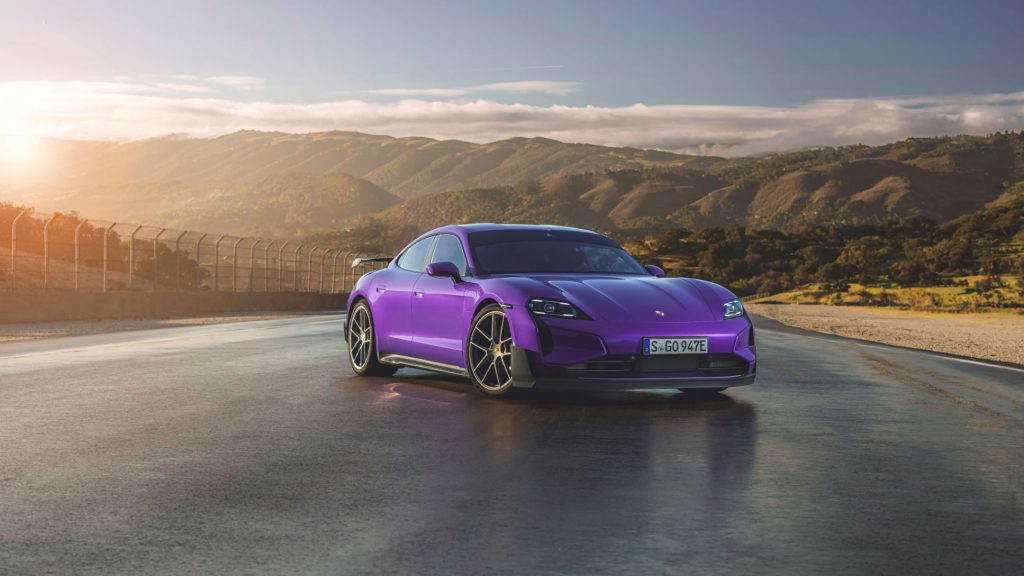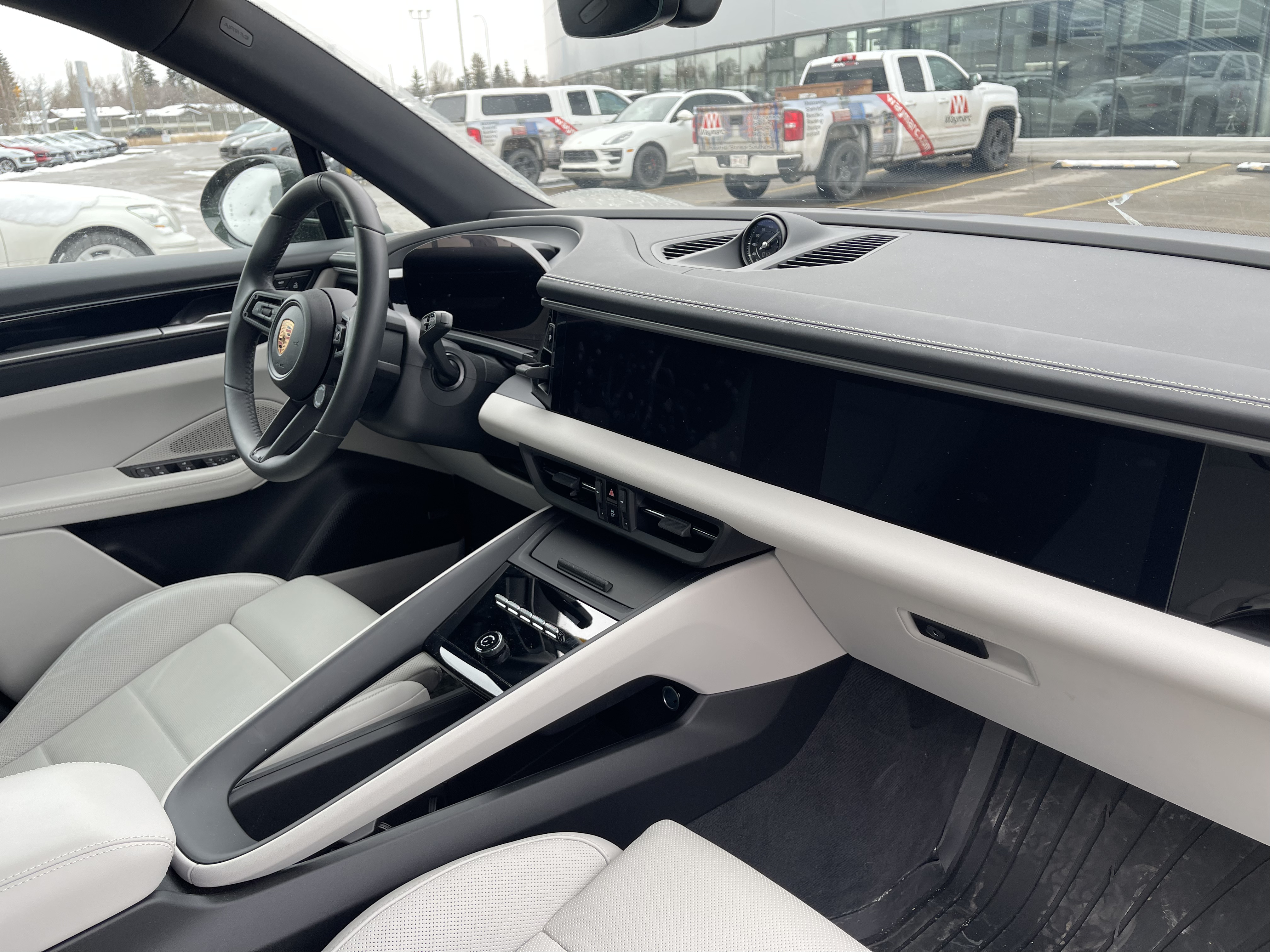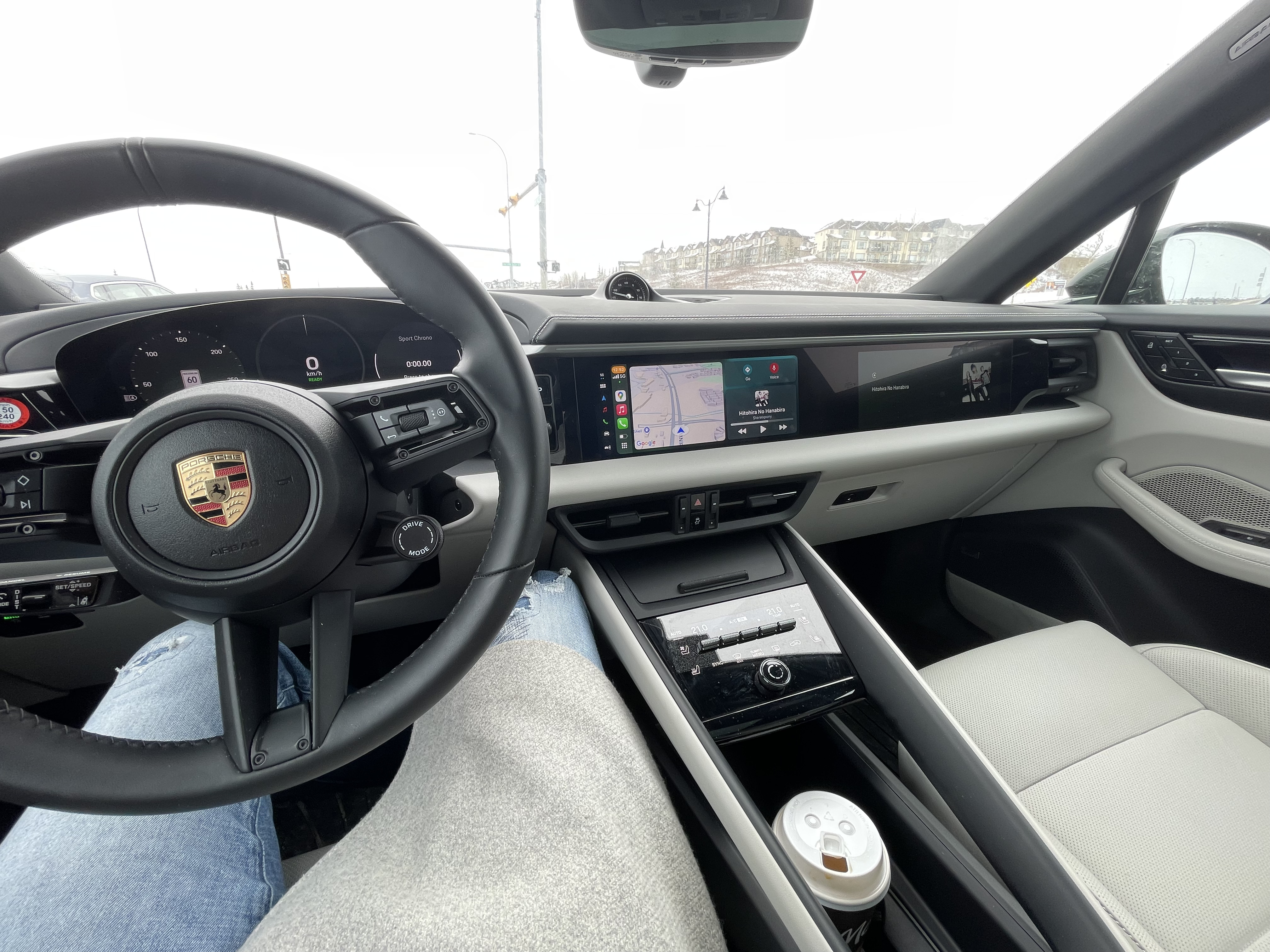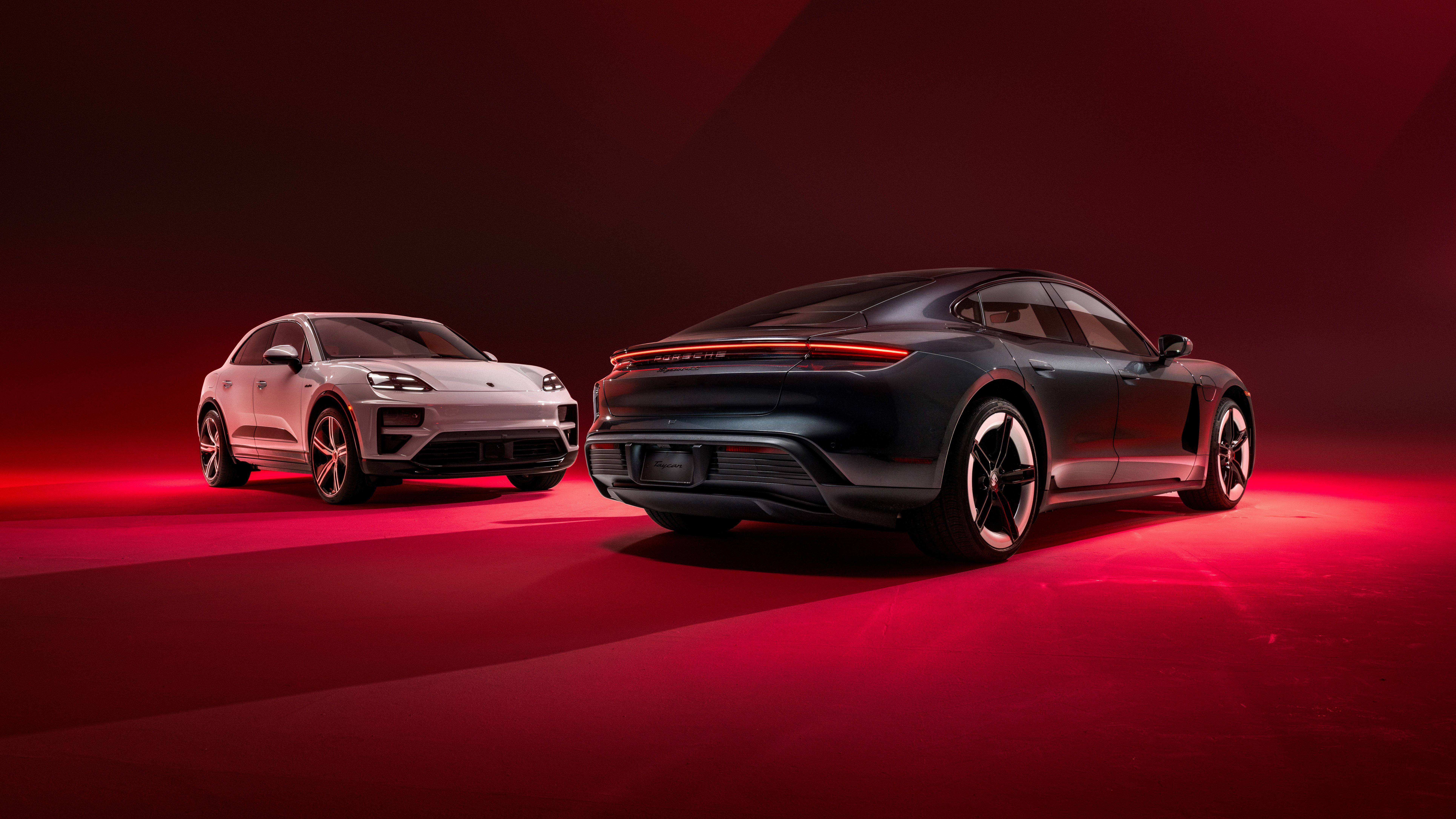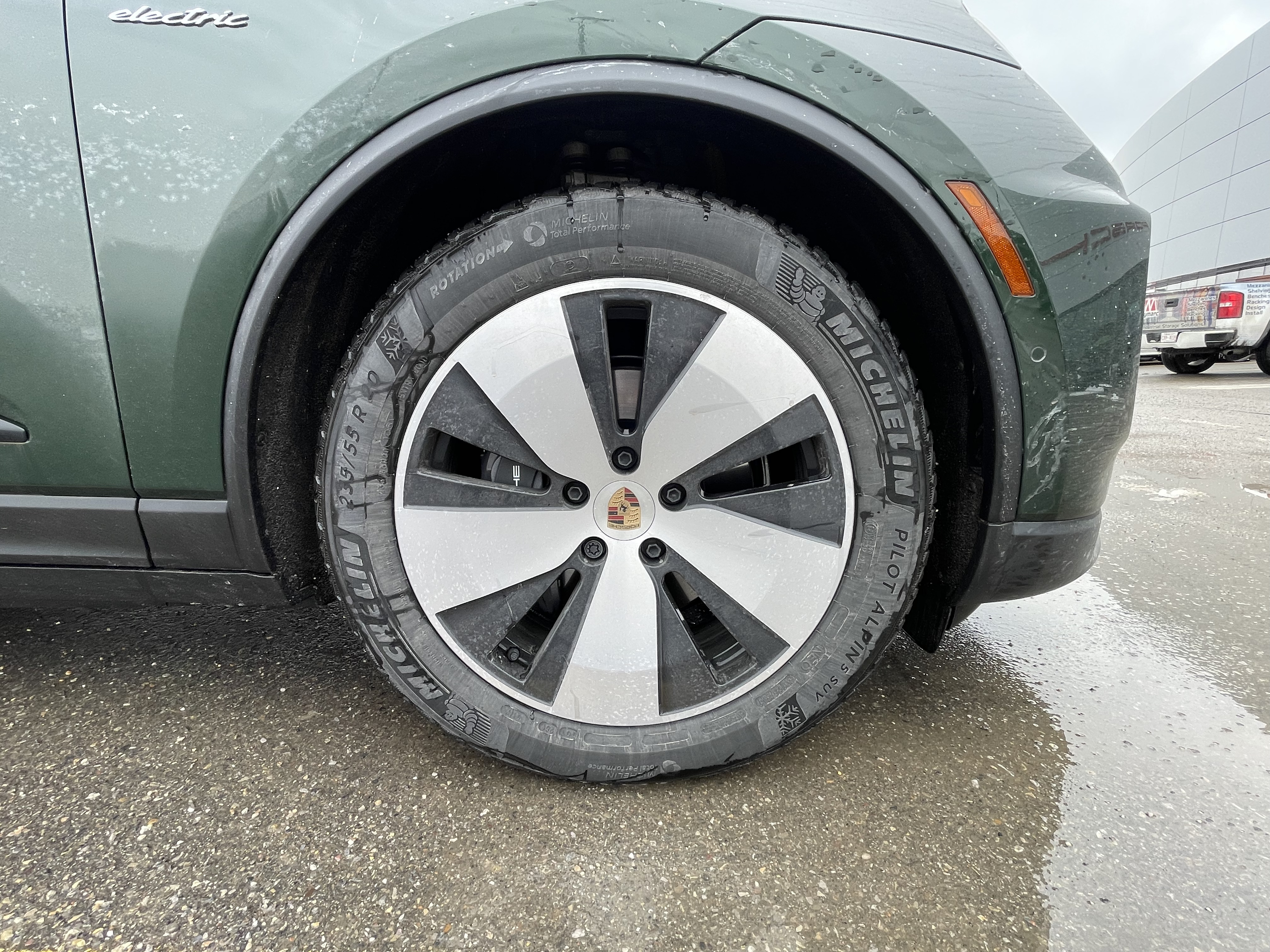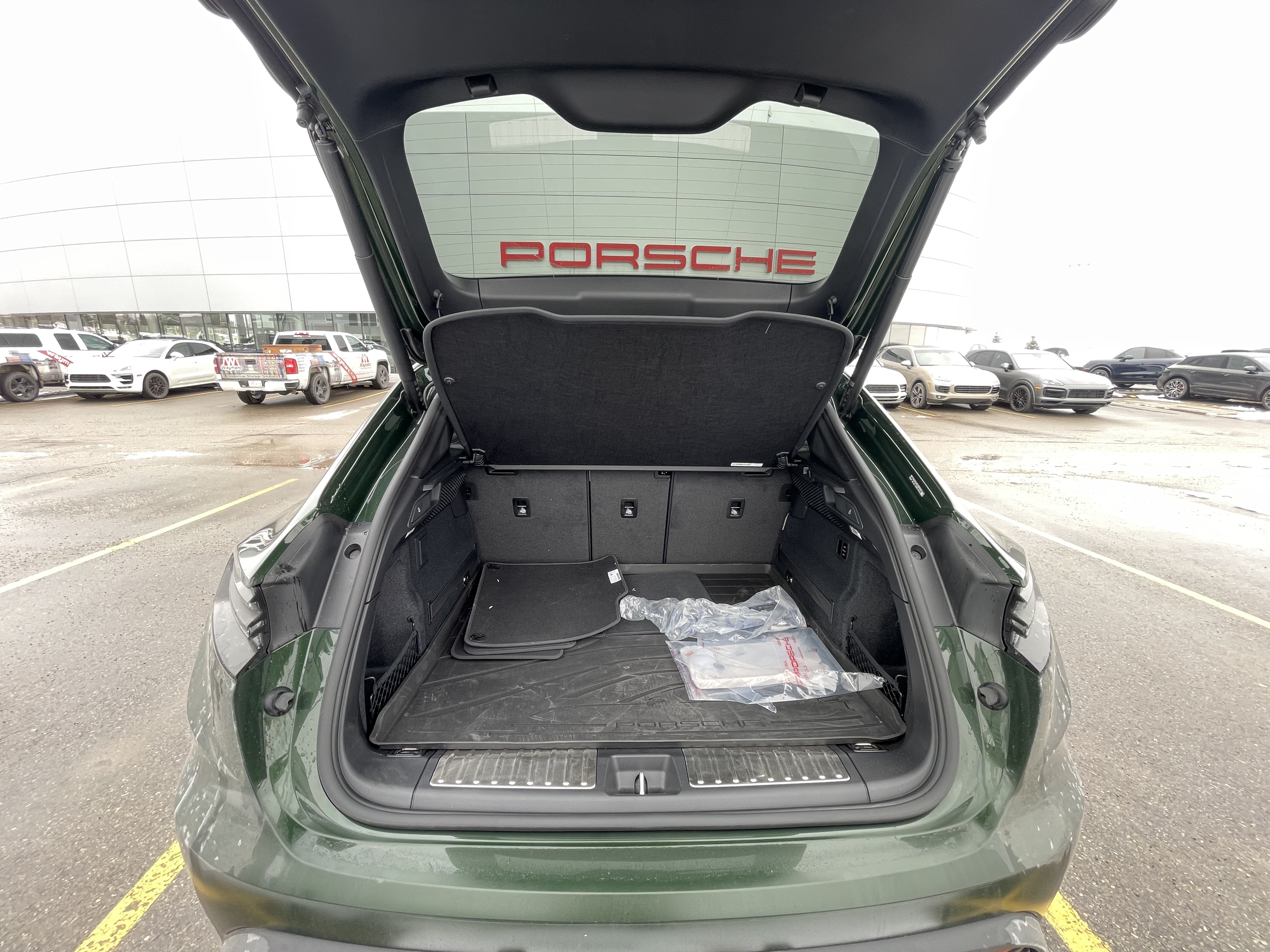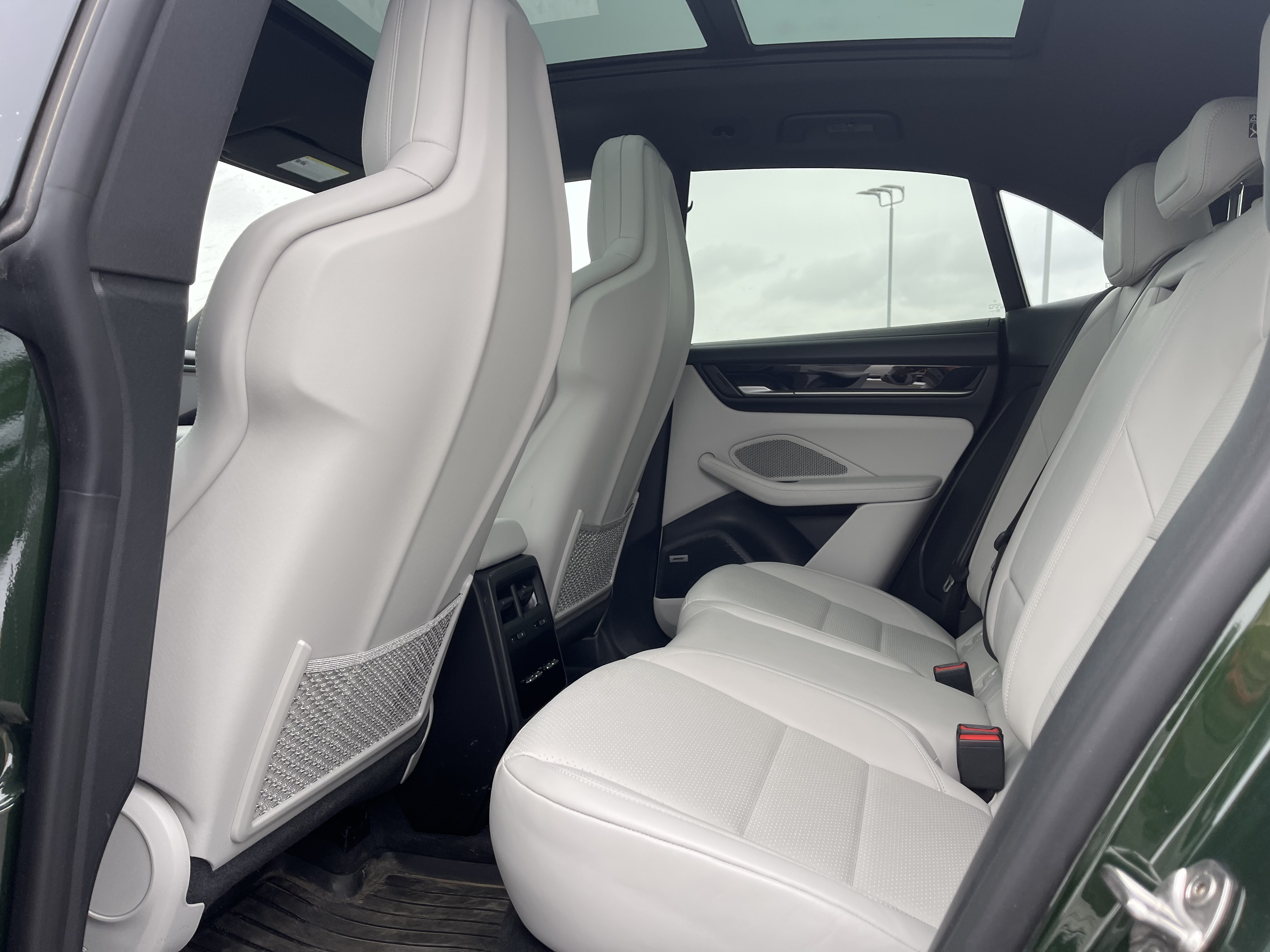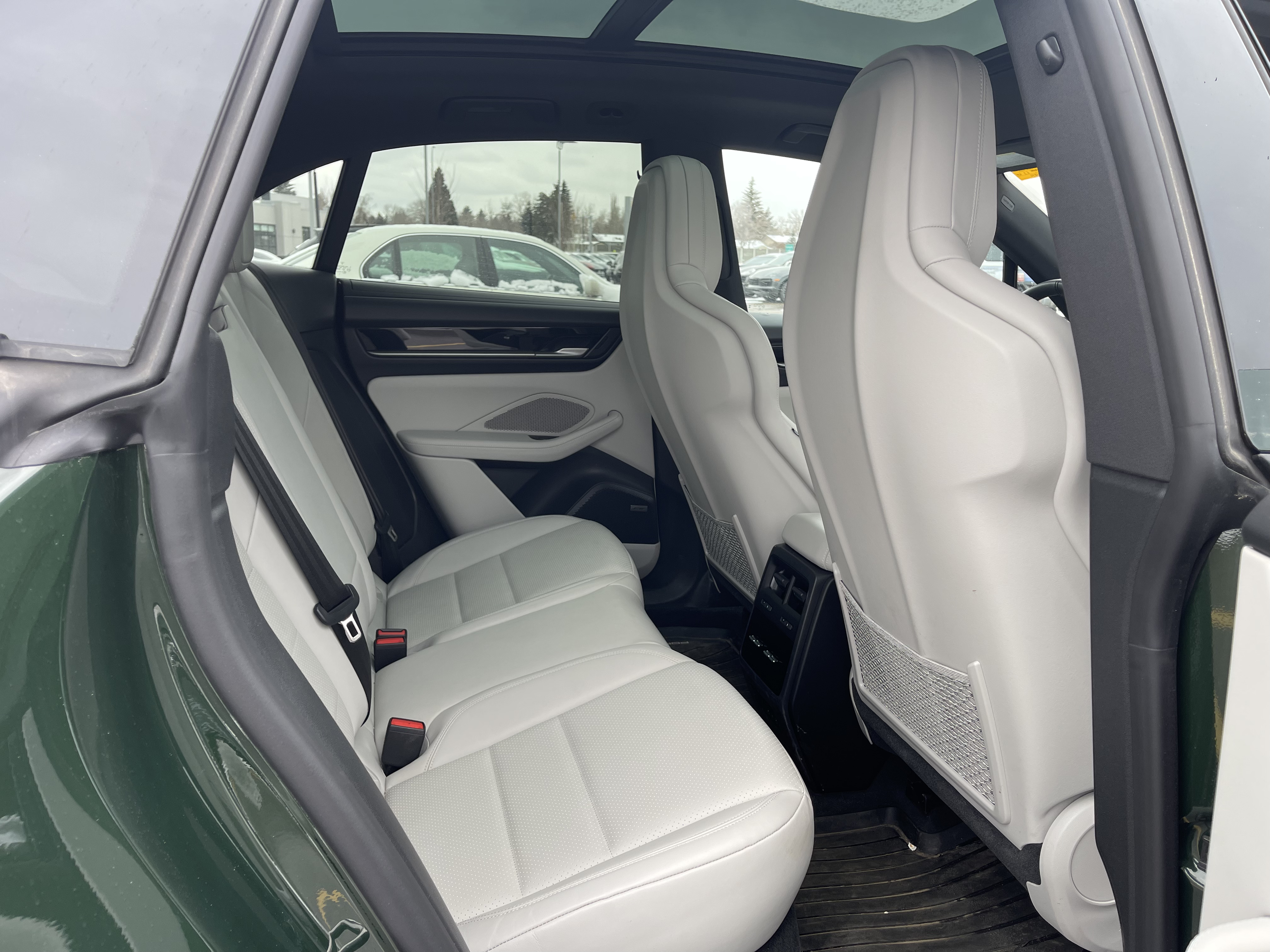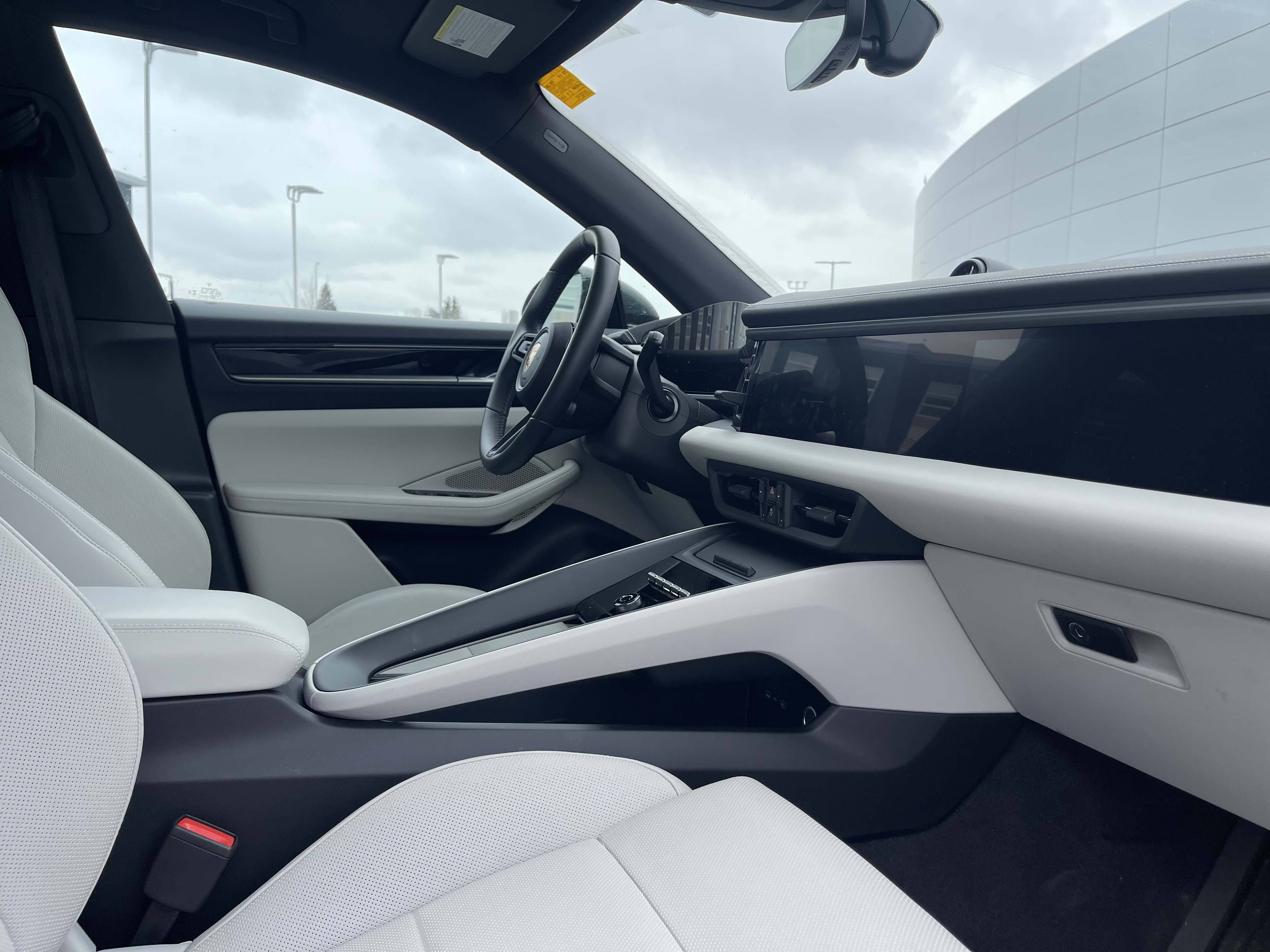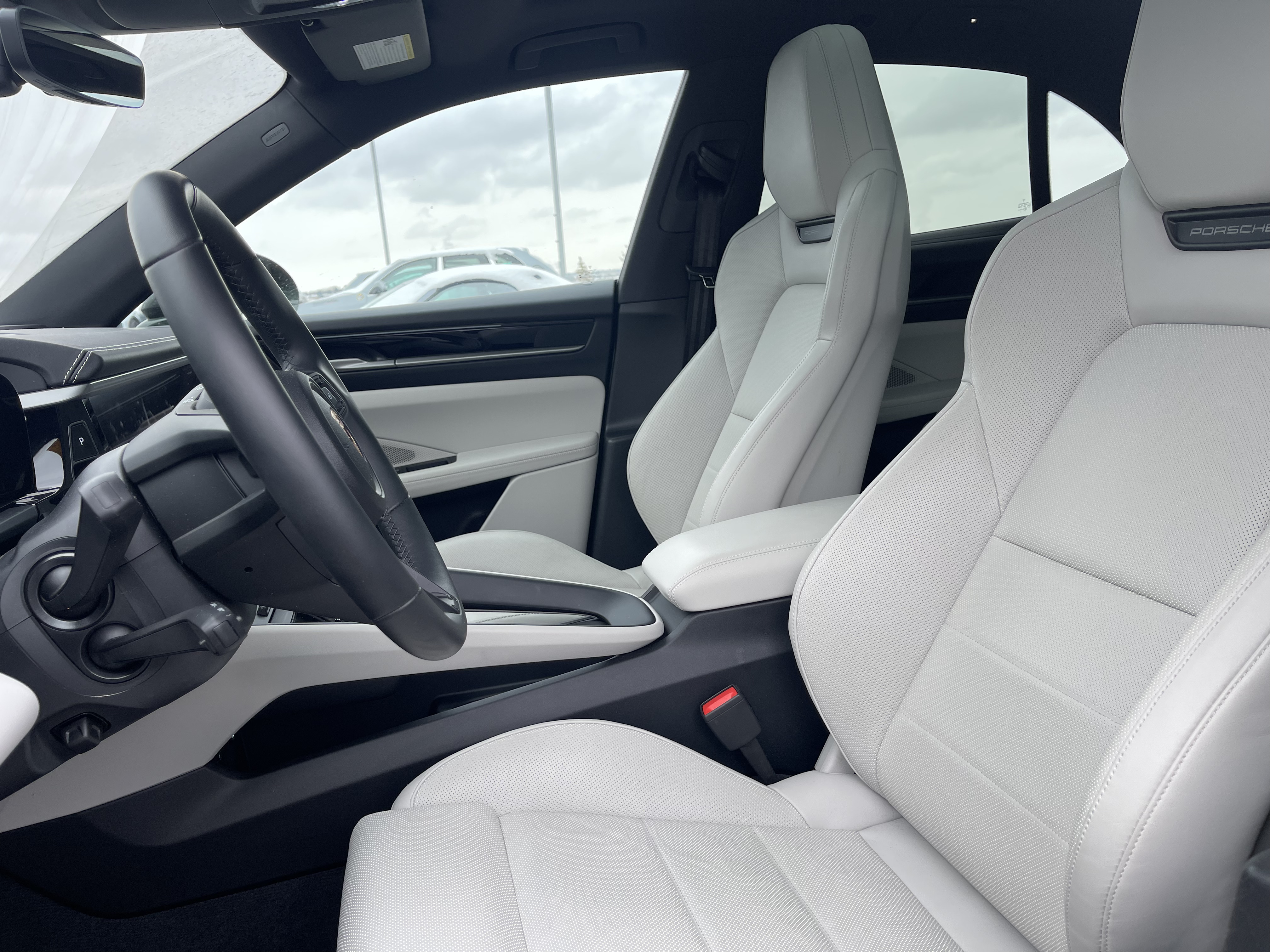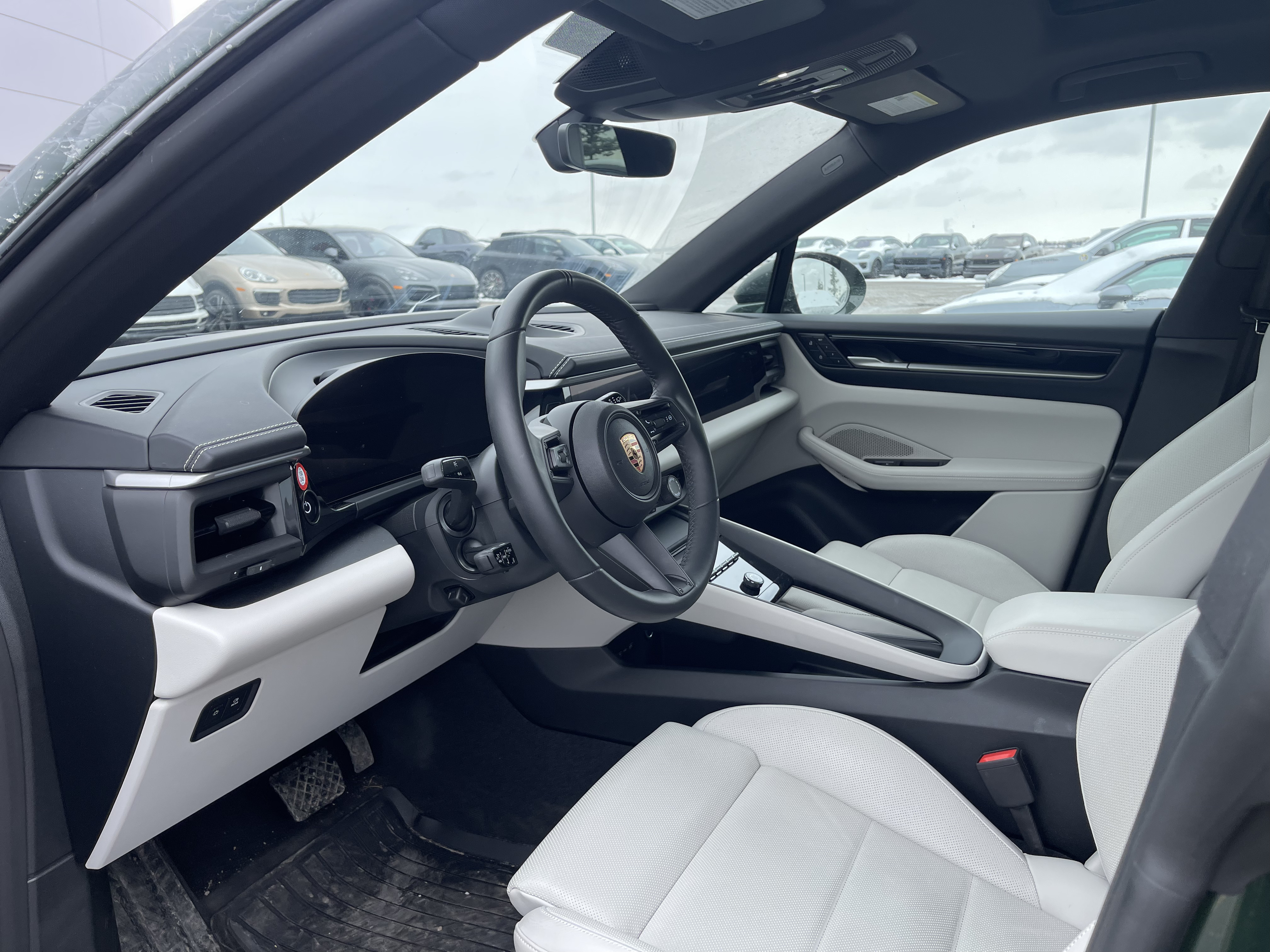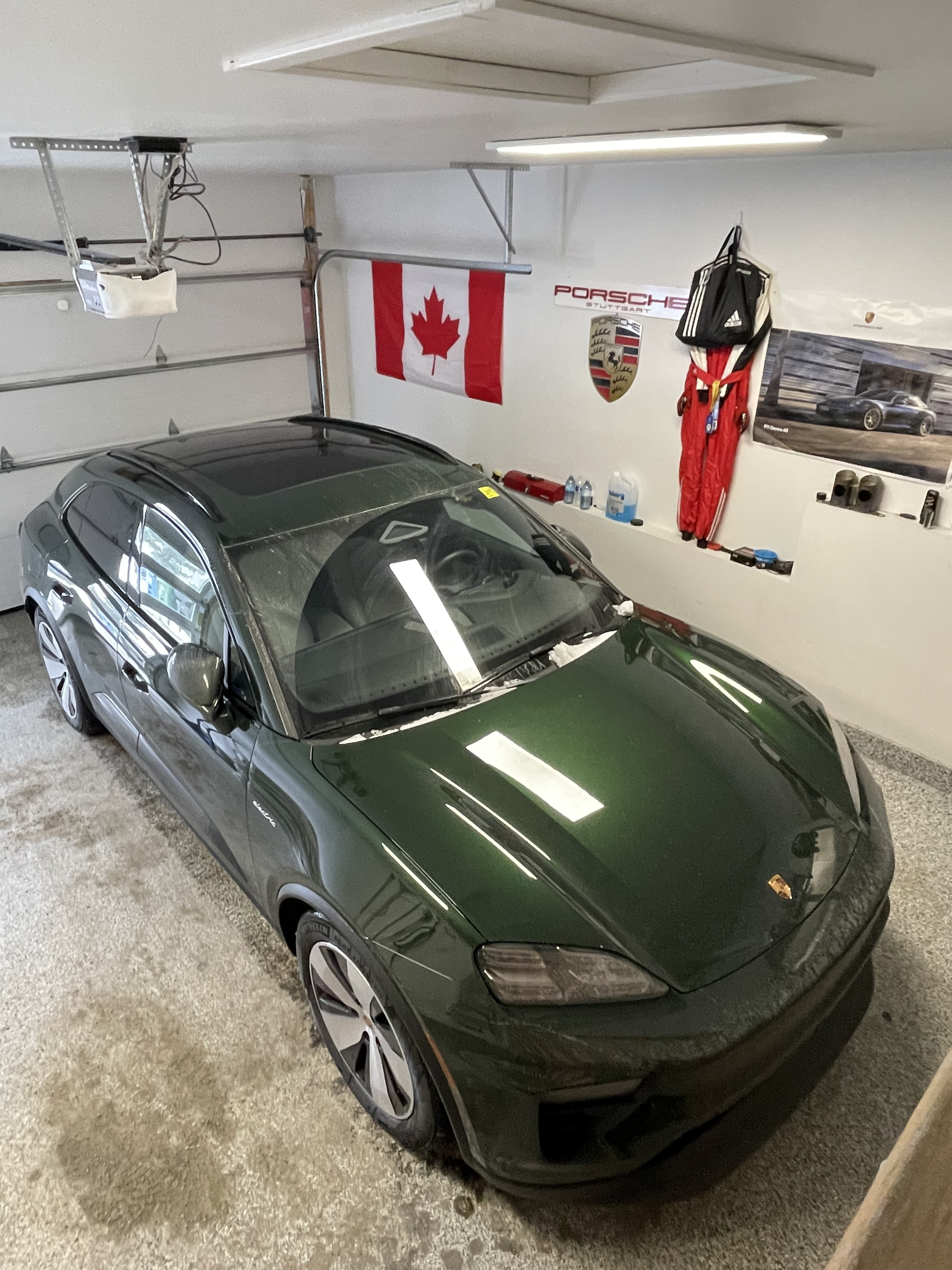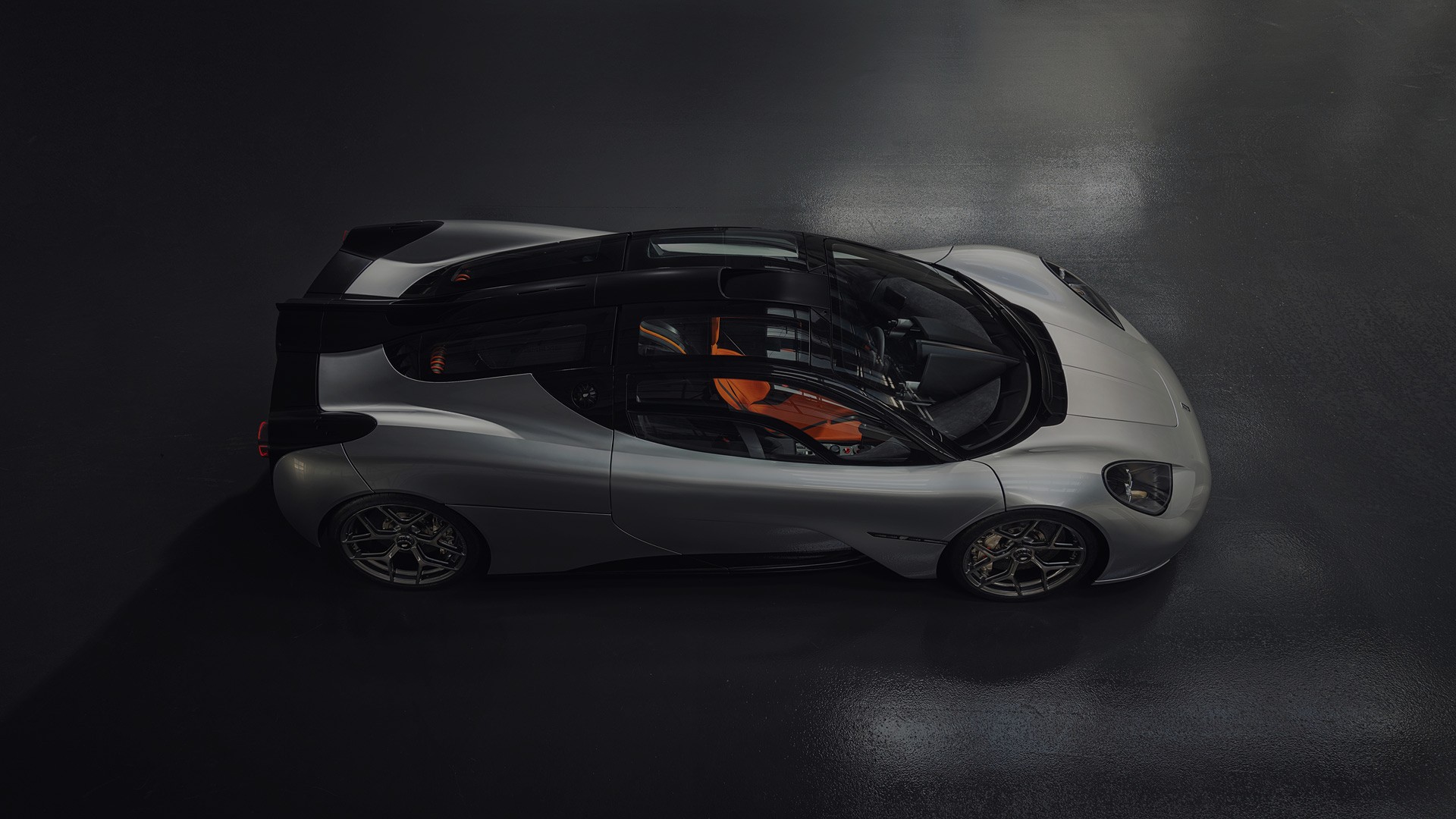As an early adopter of the Porsche Taycan—specifically, the 2020 Porsche Taycan 4S—I am fortunate to have had the chance to be directly immersed during Porsche’s era-defining foray into once unknown territory. I had the 4S for roughly two years, which was ample time to experience all the generalities and idiosyncrasies that it had to offer. I shared all of my findings—which included a trip to a local race track—on a segment on supercars.net called T’s Corner where I also mused candidly about some of my other anecdotal experiences.
The Modern Day Porsche EV
Fast-forward to the present, and we’ve just crested into 2025. I’ve been keeping tabs on the general state-of-play when it comes to the Taycan, which since my absence in owning one, has spawned new trims like the Cross Turismo variants and the new range-topping Taycan Turbo GT. Needless to say, a lot has happened since, despite the widespread waning of excitement for and support of electric vehicles. Meanwhile, Porsche has continued advancements in alternative powertrain technologies still involving EVs, though not exclusively so.
Porsche made it known very early on that the Taycan on its own was never going to be enough to satisfy the German automaker’s quota for producing EVs, self-imposed or otherwise. The Cayman/Boxster EV has been in the pipeline for quite some time, and is just around the corner now. Sometime next year, we’re told. Porsche used the same playbook with the Porsche Macan Electric, though in contrast to the diminutive sports car pairing, it’s now here.
I got the chance to experience one through an extended test-drive, thanks to my friends at Porsche Centre Calgary.
2025 Porsche Macan 4 Electric
The dealer gave me this beautiful, highly-optioned Macan 4 in Oak Green Metallic Neo to sample for a couple of days. Other notable options include the pricey 22” RS Spyder Design wheels in High Gloss Black (the 20” winter wheel set was installed during the test) and Premium Package.

While a Macan 4S would’ve been a more obvious apples-to-apples comparison with my Taycan 4S, I think that the 4 is just as suitable for the purposes of this article. I recall that a certain “Turbo” model may have been in the cards…but, I digress.
I have to say—there’s something that just seems “right” about spec’ing Chalk colored seats with exterior paint options that have subtle, or strong, shades of green in them. It’s not the first modern Porsche of this ilk that I’ve experienced in recent times, which has embraced what seems to have become the new meta for viridescent inspired color schemes.
Initial Impressions
The fully-electric powertrain does nothing to bloat the Macan in terms of its dimensions, with the still-available-gas-powered-variant sharing virtually identical dimensions in every metric. Even cargo room is the same in both variants, with up to 1,502L available with the rear seats folded down. That being said, the new Macan continues to check many of the same boxes (both pros and cons) that it has become known for ever since its inception—a sporty soul, a compact footprint, and some bearable blind spots (the electronics help with this), amongst other things.
Suffice to say, buyers can make their decision on which powertrain they prefer without having to worry about any drawbacks to its fundamental utilitarian or safety qualities. It’s almost like the conundrum of whether to get the GT3 or GT3 Touring. Except that in the case of the Macan, the EV version comes with a price premium over its comparable gas-powered trim. For example, the base Macan starts at $62,900 while the similarly yoked Macan Electric has an MSRP of $75,300 before options.
Driving
If I were to ever ask myself the question of what a compact SUV version of the Taycan would be like, then the new Macan Electric is basically 100% of what I would have imagined that to be. Afterall, it shares the same 800-volt architecture and subsequently doesn’t offer anything particularly transformative when it comes to driving dynamics. The “wow” factor was gone before even getting in the Macan, but that’s only because I came in with some (as opposed to no) expectations on what it might be, based on my own experiences with Porsche EVs and more broadly, the brand itself. If anything, that’s a compliment to the electric Macan.
Ultimately, it’s a bit watered-down compared to the sports sedan, as you would expect it to be by design. The suspension is softer for improved comfort, and it isn’t in the same sphere of influence in terms of pure driving enjoyment as the Taycan. Most familiar to me was the instant throttle response offered by the electric platform. The 382 hp (402 w/ overboost) Macan 4 sufficiently accelerates under any circumstance, making light work of its contrarily heavy 5,302 lbs curb weight. It remains every bit as agile and athletic as its gas-powered contemporaries and predecessors—characteristics which have made it the company’s commercial hit, alongside the Cayenne.
I do have one major qualm, though—the absence of a passive regen toggle. This feature is essentially Porsche’s own version of “one pedal driving”, where any off-throttle input would immediately activate regenerative braking action. What this would feel like, while driving, is something similar to a downshift or engine braking. For the Taycan, Porsche provided a steering-wheel-mounted button for easy access (it could also be selected in the PCM menu). I loved toggling this button on and off at a whim, based on how I wanted the car to behave. It’s part of what made driving the Taycan more engaging, more interesting, and it was a complimentary trait to its electric foundation.
That’s been removed completely from the Macan, not even selectable via PCM. Rennlist forums confirmed as much when I got curious as to whether it was a case of user error. Of course, regenerative braking is still going on in the background, though it now requires physical brake pedal input to activate. I suppose it’s these “minor details” that enthusiasts like us really notice.
Cabin & Interior
Following suit with every Porsche produced within the past couple of years, the new Macan EV interior presents as minimalist, functional and high-quality. By default, the cabin is naturally unassuming and more about the finer details, though you could option some more extroverted features if that was your thing. I reckon you’d have to tick off a plethora of unconventional boxes in order to achieve any notable levels of eccentricity—but I think that most people get the Macan to blend in, not stand out. There’s nothing to write home about here, but in a good way.
Despite not setting foot inside a Taycan for almost 3 years now, interfacing with the new Macan came very naturally. I was instantly able to “figure it out” and be on my way without any instruction. That’s because Porsche has instilled uniformity across its entire lineup as it pertains to the driver experience. The instrument cluster—which is entirely digital now, including in gas-powered models—buttons, controls and PCM are all relatively in the same place and function identically (even across different models). In the test model, there were a lot of piano black trim pieces, which in my experience with the Taycan, are perpetually impossible to keep clean.
Unironically, what really stood out to me while I was fidgeting inside the interior, was that getting into a Macan, and say, a new GT3 RS should be a very similar experience, of course discounting the obvious reasons why it would not be. Is conformity good? Probably for the bottom line. Does it diminish the exclusivity and eccentricity that comes from owning a flagship model Porsche sports car? Perhaps.
The EV Stuff
Though refined and updated, the 800-volt architecture adopted from the Taycan is still, well, 800 volts. This means that charging speeds have remained very much unchanged, with a SoC replenishment from 10% to 80% possible in about 21 minutes at a high-powered DC fast-charging station which has a capacity of up to 270 kW. So, despite a good 5-year difference between my old Taycan and the new Macan, there has been no meaningful improvement on that front. That being said, the same tropes can therefore be expected when it comes to living with a Porsche EV.
All things considered, max range on the Macan might have improved a little, though there were too many variables during the test period to know for sure. The test car was handed to me with a 100% charge and indicated 482 km on the screen. As the pictures suggest, this was on a cold snowy day near the freezing mark, so that number should have read higher on a warm and sunny day—easily into the 500’s, which never really seemed attainable with the Taycan 4S. It would’ve been nice to hop in and be pleasantly surprised by the figure (at least 650 km is that threshold for me). But again, aware that it’s the same architecture, it would’ve been wishful thinking to expect that much more. The Macan, being a small SUV, is only 300 lbs heavier than the Taycan. This is not a huge weight penalty, and I’m sure Porsche have “programmed” the car to adequately address this when it comes to range. At the end of the day, it looks like improvements to range—if any at all—are nominal at best.
Final Thoughts
Even as a driving enthusiast, it would be irresponsible for me to say “just get the Taycan”. Afterall, to achieve similar utilitarian capabilities as the Macan, one would have to opt for the a Cross Turismo model, where a comparable Taycan 4 CT starts at $112,000—over $33,000 more than the Macan 4 Electric. Price is always a factor in the value equation and the Macan, and by association its EV variants, maintains its role as a gateway into the wonderful world of Porsche automobiles—arguably more influential of a position than setting records at the Nürburgring. It’s no fault of its own that the Macan Electric isn’t anything particularly revolutionary, as fate would have it that only the Taycan has a claim to that distinction.
If you’re a fan of any version of the gas-powered Macan, I think you’ll like the Macan Electric. It offers inspired driving dynamics and class-leading build quality which are worthy of the Porsche badge it dons. Whether you’ll like it a little more, or a little less, will depend on what your tolerance to EVs is and what accessibility to charging infrastructure looks like in your immediate vicinity. As what would presumably be a car for daily life, it’s these factors which will require much more scrutiny than anything else, given that gas-powered and electric versions provide equally in just about every other regard. Make the most informed decision you can, and I’m sure the Macan, in any of its guises, will make you happy with your choice and also happy that there is a choice.



